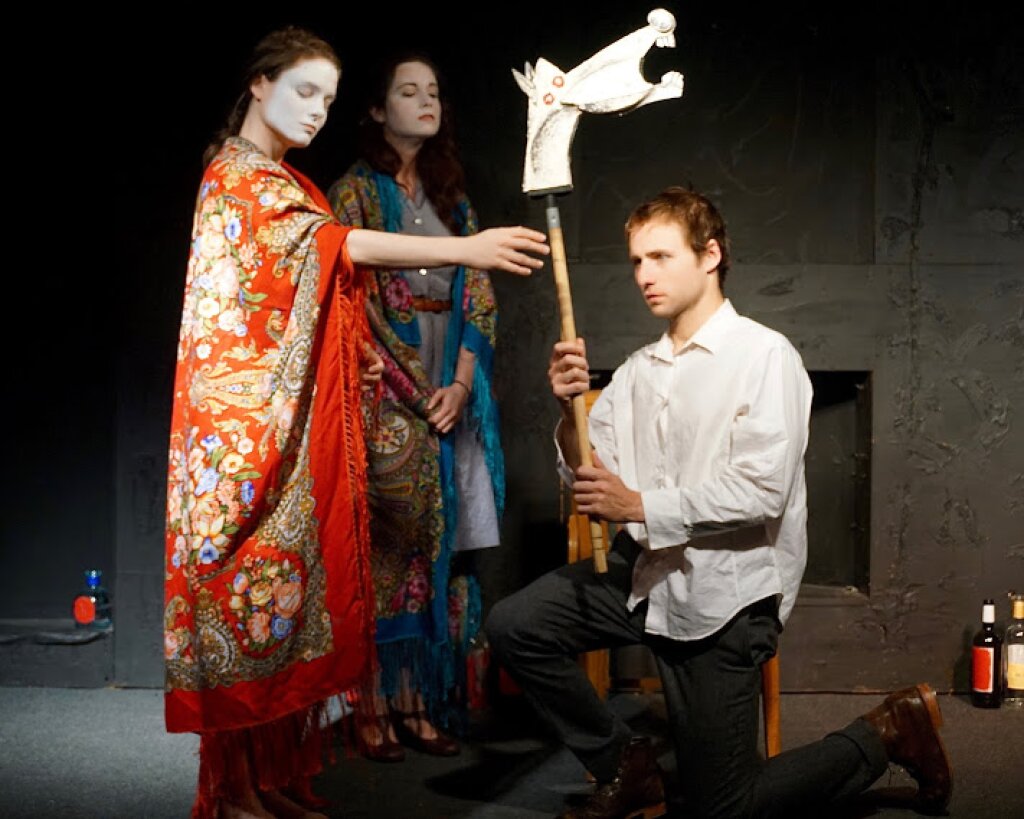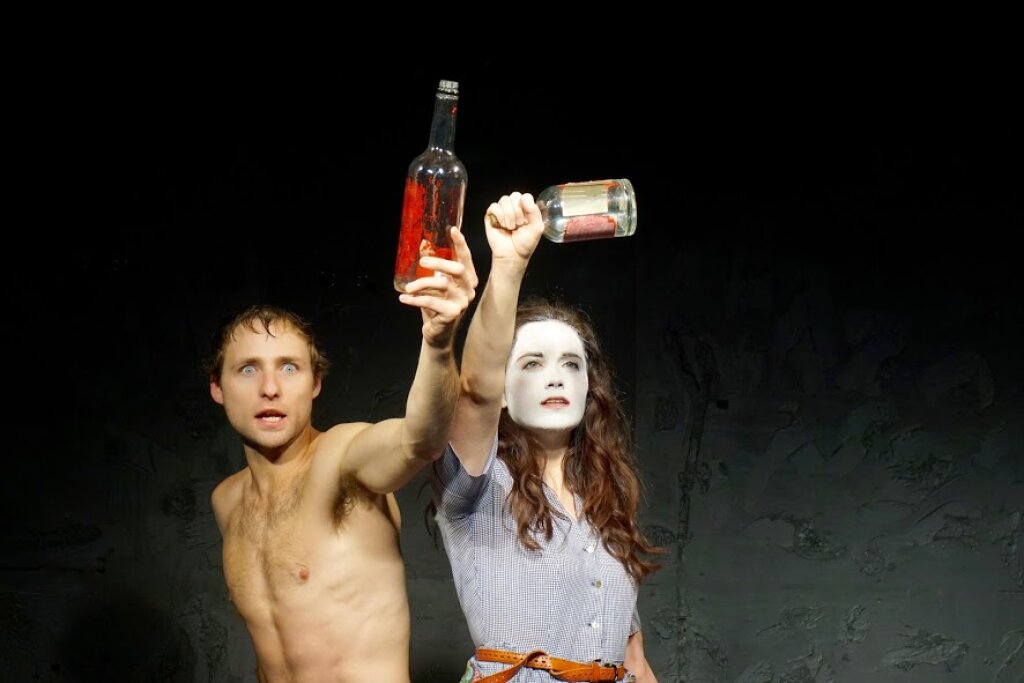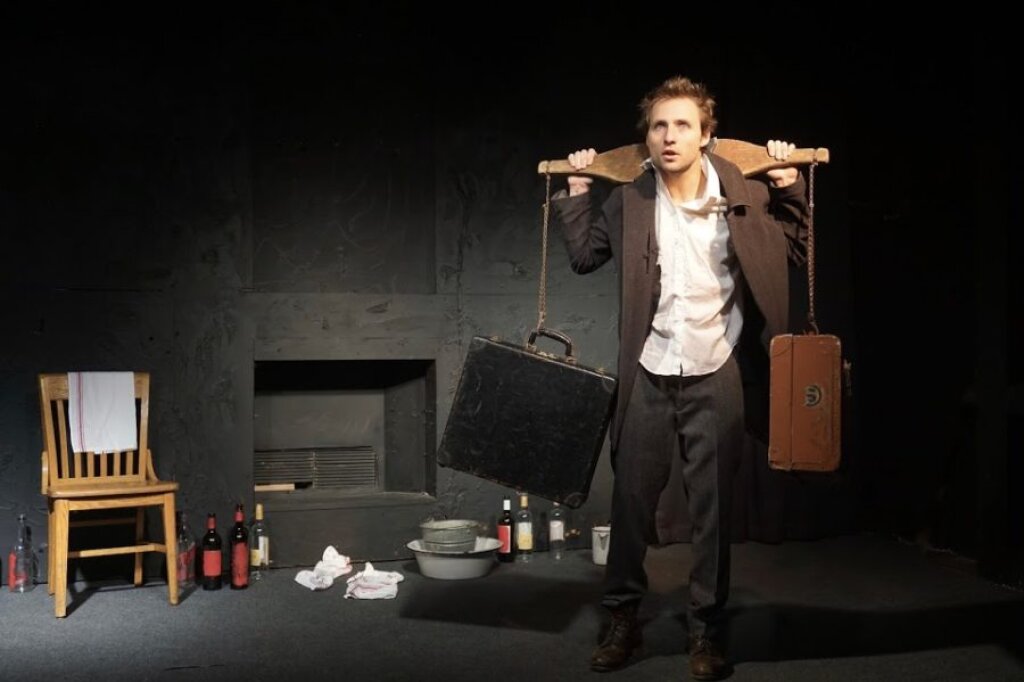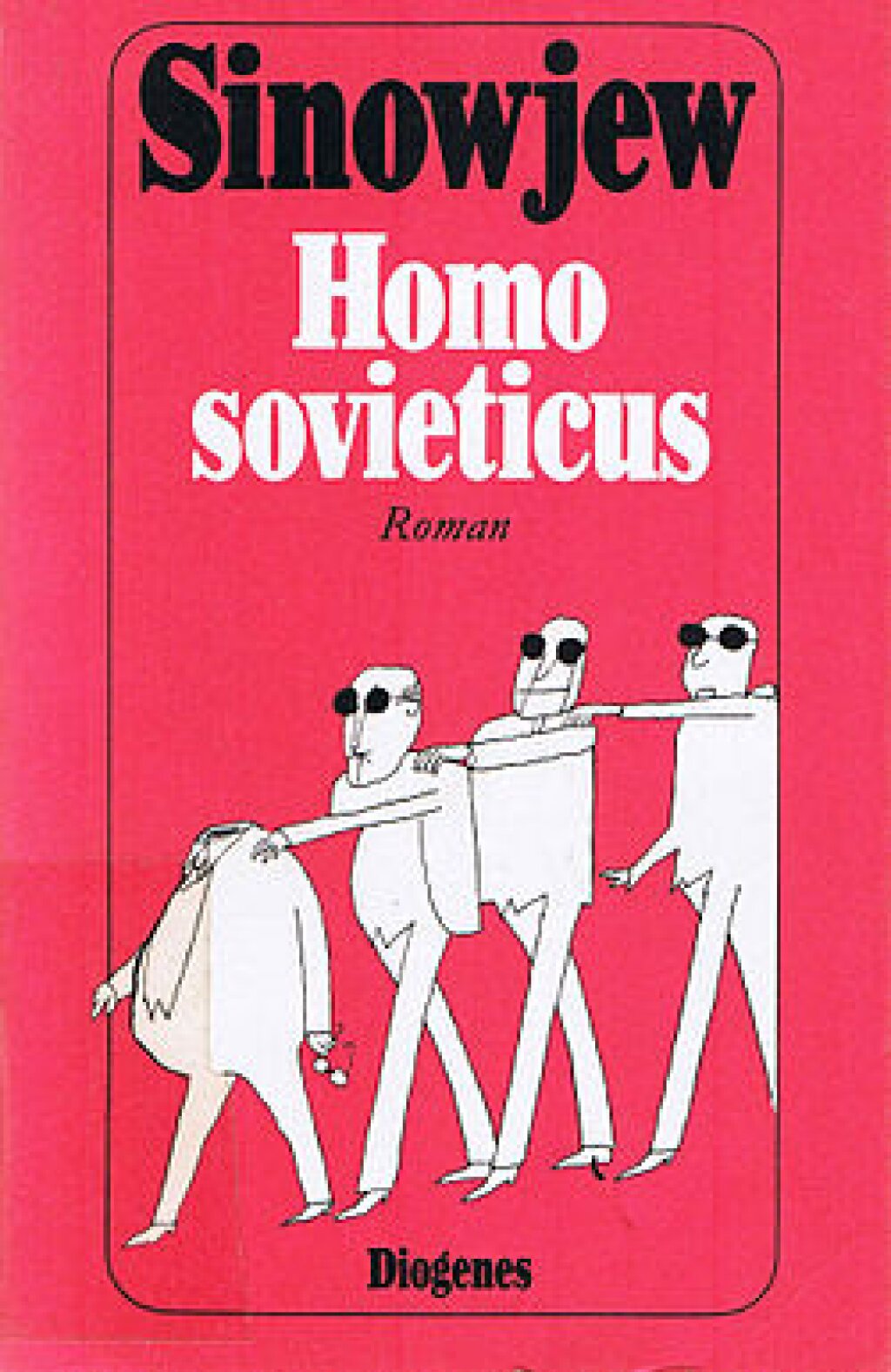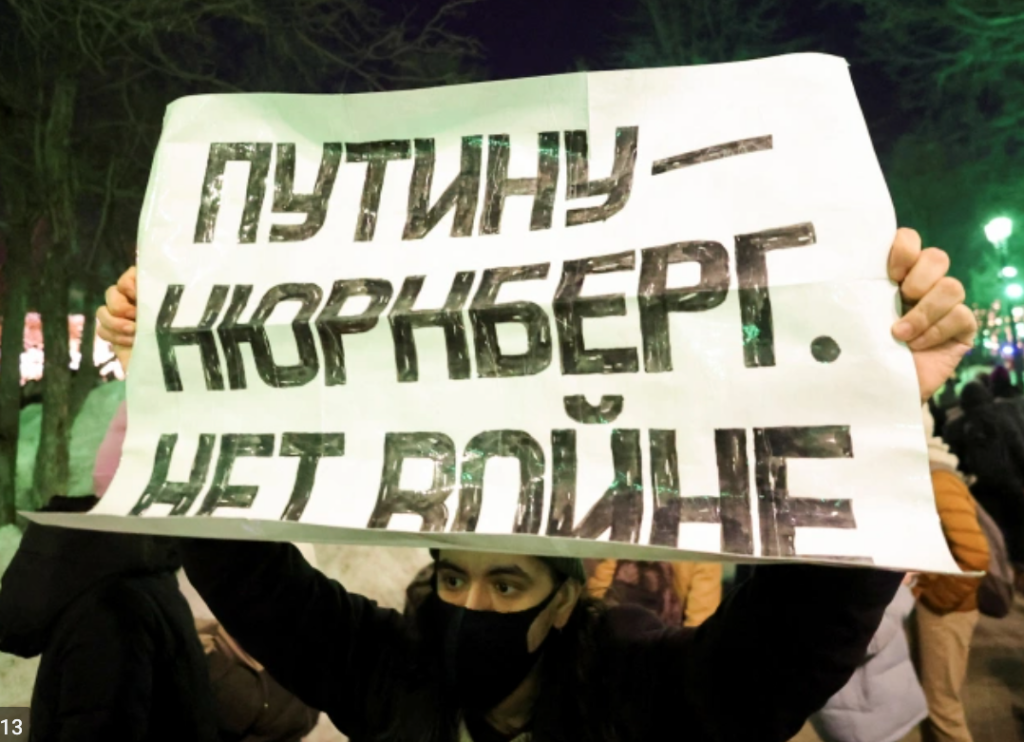Bronek Kowalski is a Polish dissident intellectual who spent time in prison during the period of martial law in Communist Poland in the 1980s.
Mia Vallet is a theatre maker in New York City.
Emil Varda is a dissident Polish intellectual and theatre maker who spent time in jail during the period of martial law in Communist Poland in the 1980s. He is currently one of the owners of the Waverly Inn Restaurant. All Roads Lead to the Kurski Station is his return to theatre and art.
Until 24 June 2018, fans of Venedikt Erofeev's phantasmagoric classic, Moskva–Petushki (1969/70; known in English as Moscow Circles or Moscow to the End of the Line) can view a stage version at the East Village Playhouse in NYC. The production has been mounted by the Emil Varda Studio under the name "All Roads Lead to the Kurski Station." First performed in Spring 2017 at Under St. Marks Theater, this production, in its turn, hearkens back to a monodrama based on the book in which Emil Varda himself performed thirty years ago. Today, Varda returns to the same literary source with another creative intention: directing. Presently, Venya is portrayed by Elliott Morse, who is the age Varda was three decades ago. Both of them, when playing Venya’s character, were approximately the same age as Erofeev, who wrote Moskva-Petushki at the age of 31.
Critics consider Moskva-Petushki to be the first work of postmodern literature in the Russian language. Subtitled "poema" — like Gogol's Dead Souls — Erofeev's novel ostensibly centers on the drunken poet Venya, who undertakes a train trip from the center of Moscow to the distant Petushki. There, he expects to see his beloved, “waiting on the platform with cloud-like eyes.” The real journey, however, is the one occurring within Venya’s mind as he deliriously wanders through streets and train cars, rhapsodizing about politics, history, religion, and art with angels, demons, and passerby. Erofeev’s is a novel of phantom visions and delirious revelations, written with clinical realism of Charles Bukowski and with the metaphysical vigor of T.S. Eliot. In Venya, we find an epic character filled with unrequited love and premonitions of absurd death, prone to senseless wandering and ineffective rebellion. Erofeev's work half-consciously mirrors the Odyssey, its protagonist traveling from Troy (the Kremlin) to Ithaca (Petushki) in the hope that this journey might brighten his last moments into a kind of consolation. Sadly, inevitability does not bring any hope, and in this telling, Ithaca cannot exist. For Erofeev, life is lived through past and future only, in myth and dream.
We hesitate, however, to use the term "adaptation" to describe our work, which plays fast and loose with elements of the original text, even as it seeks to remain true to its spirit. We seek to create a surrealist and poetic theatre by drawing images and resources from the unique achievements of the European independent theatre of the 1970s and 1980s — especially Tadeusz Kantor's Theatre of Death and Jerzy Grotowski’s Poor Theatre. In this spirit, we reject naturalistic narrative and embodiment. Instead, the show unfolds in the strange manner of a dream, enacting hallucinatory episodes and maniacal visions in the alienated, meta-theatrical style of these post-Brechtian traditions.
The actors do not try to convince anyone that they really are the character that they portray. In place of realistic-seeming conduct, they distill their behavior into signs, archetypes, metaphors, and symbols. Venya’s mysterious, phantom-like traveling companions, listed in this program as the Erinyes after the ancient Greek “Kindly Ones.” Also known as the Furies, these figures shift constantly between forms, creating a psychotic chorus of different symbols associated in the male psyche with the fascination and terror of femininity, as well as images and concepts from religion, politics, and culture. We also meet the strange figure of the Holy Fool or the Blessed Fool (iurodivyi) known in Eastern Orthodox Asceticism as a Fool for Christ. This figure does not appear in Erofeev’s book, but is a strong presence in the Russian mystical and historical tradition. Throughout Venya’s schizophrenic delusion, everything gets mixed together. And yet, in keeping with principles of the unconscious, the seemingly chaotic elements of Venya's life and behavior nonetheless retain a certain unifying, repetitive, and inevitable drive towards his own destruction.
Our production emphasizes the strange links and repetitions between our contemporary predicament and the beautiful and terrible twentieth century. The original story drew heavily on the maddening opacity of Stalinist terror and Brezhnev-era bureaucracy. However, it can also be imagined in the context of the contemporary, “schizophrenic” neoliberal subject, bombarded with misleading images and fantasies — which somehow, despite their abundance, never seem to create lasting satisfaction. The imperative to ENJOY becomes a new form of tyranny, and neoliberalism’s proclivity for precarious employment, constant communication, and the ruthless commodification of every facet of life encourages subjects to internalize repression and surveillance.
Like our Soviet anti-hero, our own contemporaries seem to suffer from strong disillusionment with authority — an unsurprising outcome in the face of the degradation of discourse, institutions, and stable employment. Corrupt, populist politicians and a corporatized intellectual and artistic elite offer us nothing but mediocrity and moral cowardice. Faced with this void, many people turn to dangerous substitutes, as evidenced by the opioid crisis and the re-emergence of right-wing authoritarian movements in the States and abroad. Venya’s fantasia of abundance, impunity, and delight reveals itself as a desperate compensation for a more essential alienation, drawing its strength, like desire, from the intrinsic impossibility of its fulfillment.


